'You’d Have To Be Crazy To Try This!' We Tested A Bladed 0-Iron
Joe Ferguson takes a look at one of the scariest (and most beautiful) clubs he has ever seen…
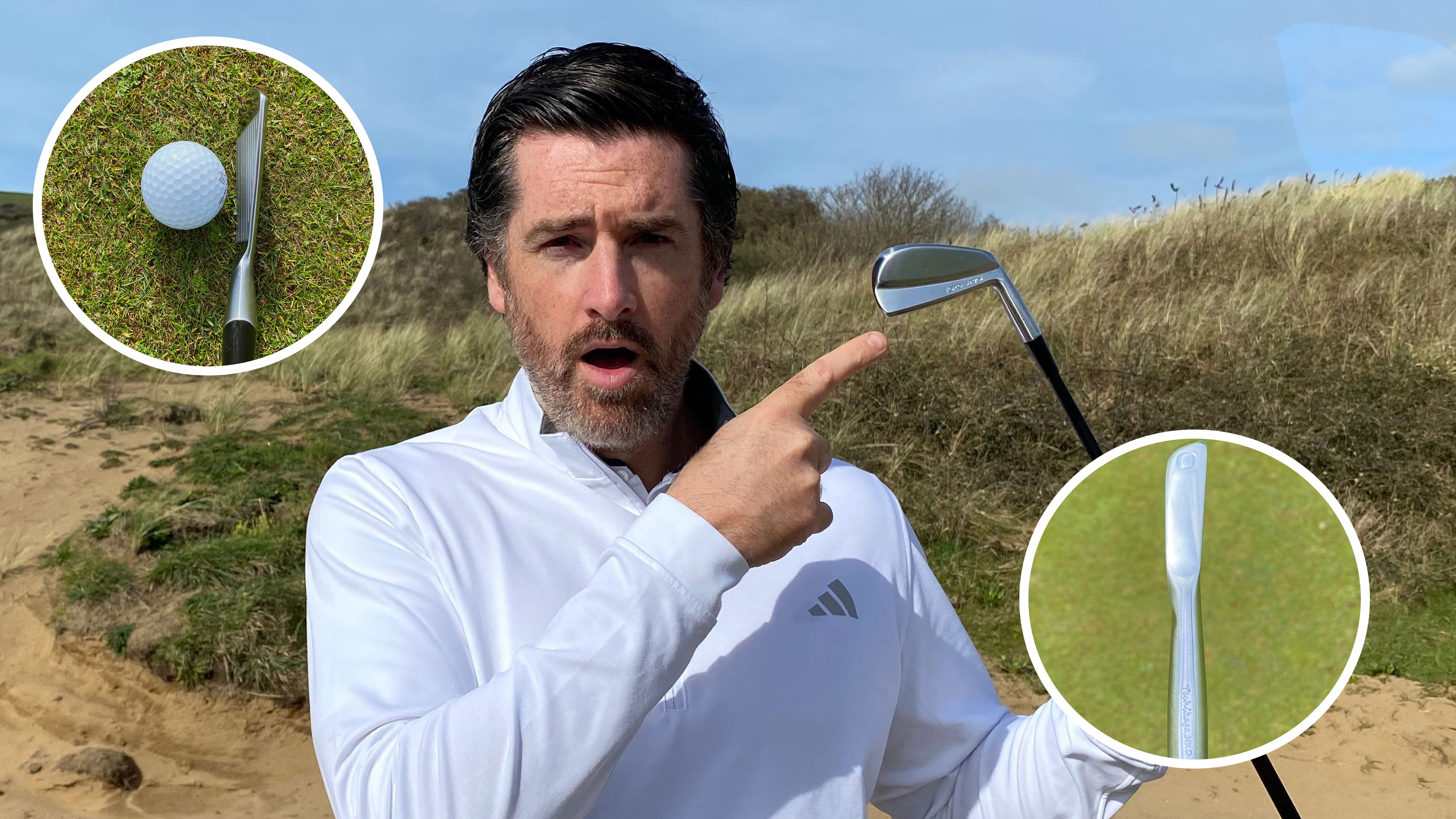

When I first stumbled across the images of the JCM-01 0 iron on Instagram, I knew I needed to try it! I had never seen anything like it before. 12 degrees of loft, zero offset, and the thinnest top line that even the most sadistic of individuals could conjure up, I was intrigued.
A post shared by ファルコン まつばら (@falcon_matsubara)
A photo posted by on
This club is the brainchild of Japanese master clubmaker Falcon Mastubara, owner and founder of the BOSE Iron Factory. Specializing in premium forgings, BOSE Iron Factory makes numerous models of some of the most amazing irons and wedges I have ever seen.
Watch: Joe Ferguson puts this bladed 0-iron to the test!
I was like a child at Christmas when this thing arrived on my doorstep, and when I pulled it out of the box, I most certainly was not disappointed. The craftsmanship and finish of the JCM-01 is just extraordinary. The shaping, grinding, and polishing of the head is just exquisite, more like a piece of art than a functional club! Alongside the 0 iron, BOSE had kindly dropped in two of its Hayabusa wedges which were equally jaw-dropping. Beautifully soft curves in all the right places, these are by a long distance the softest feeling wedges I have ever struck that could comfortably sit alongside the best wedges in the game.
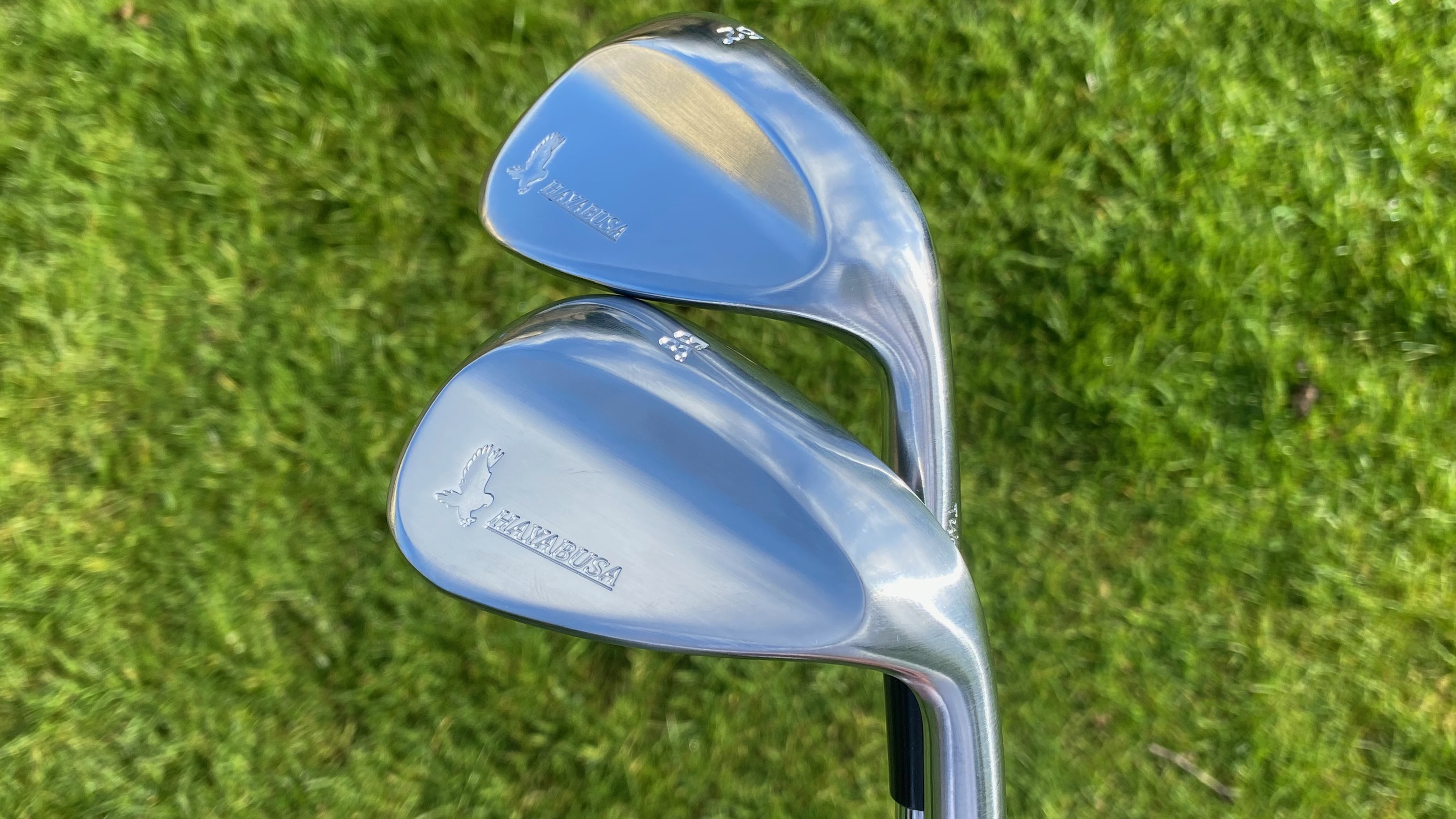
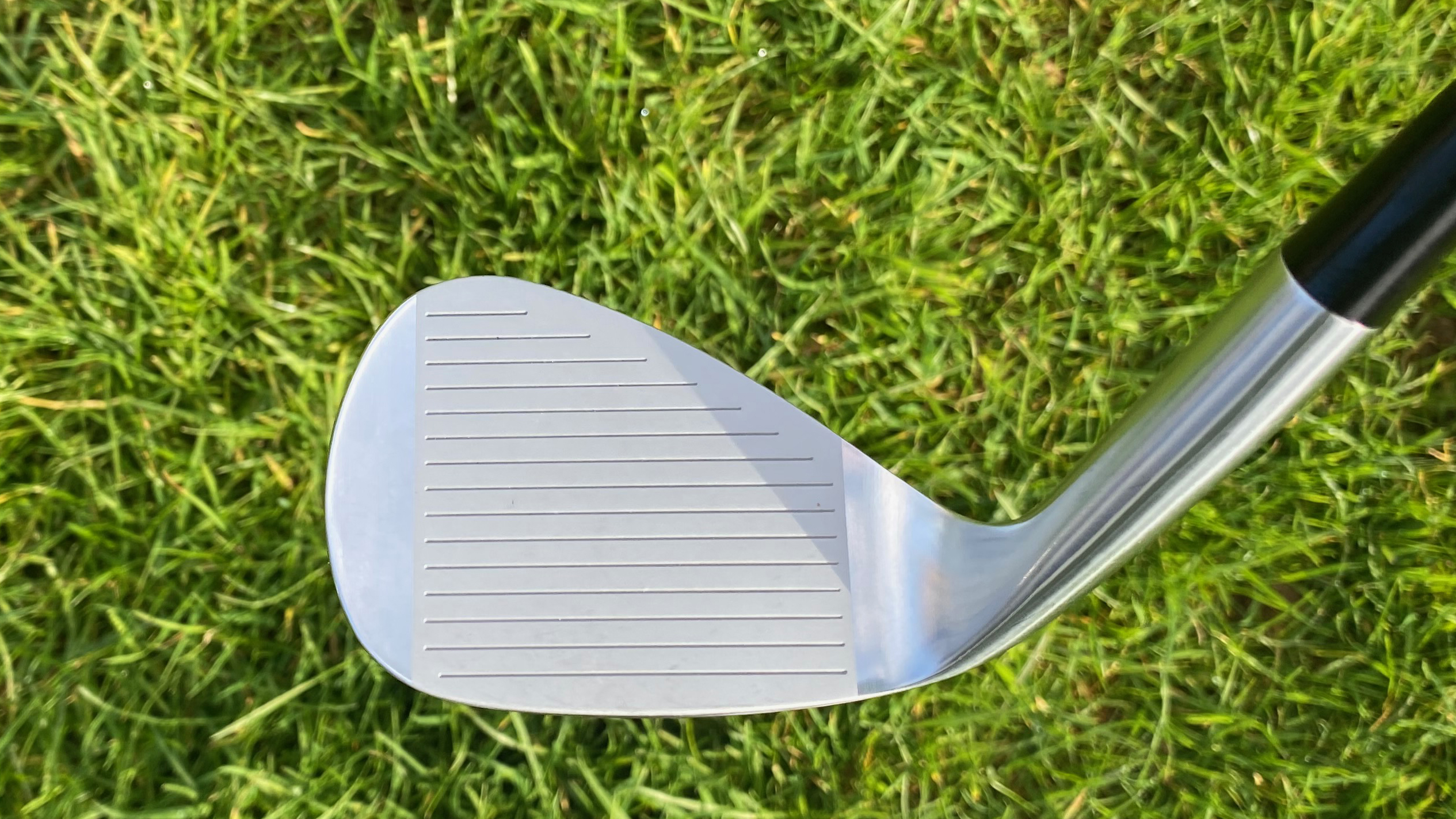
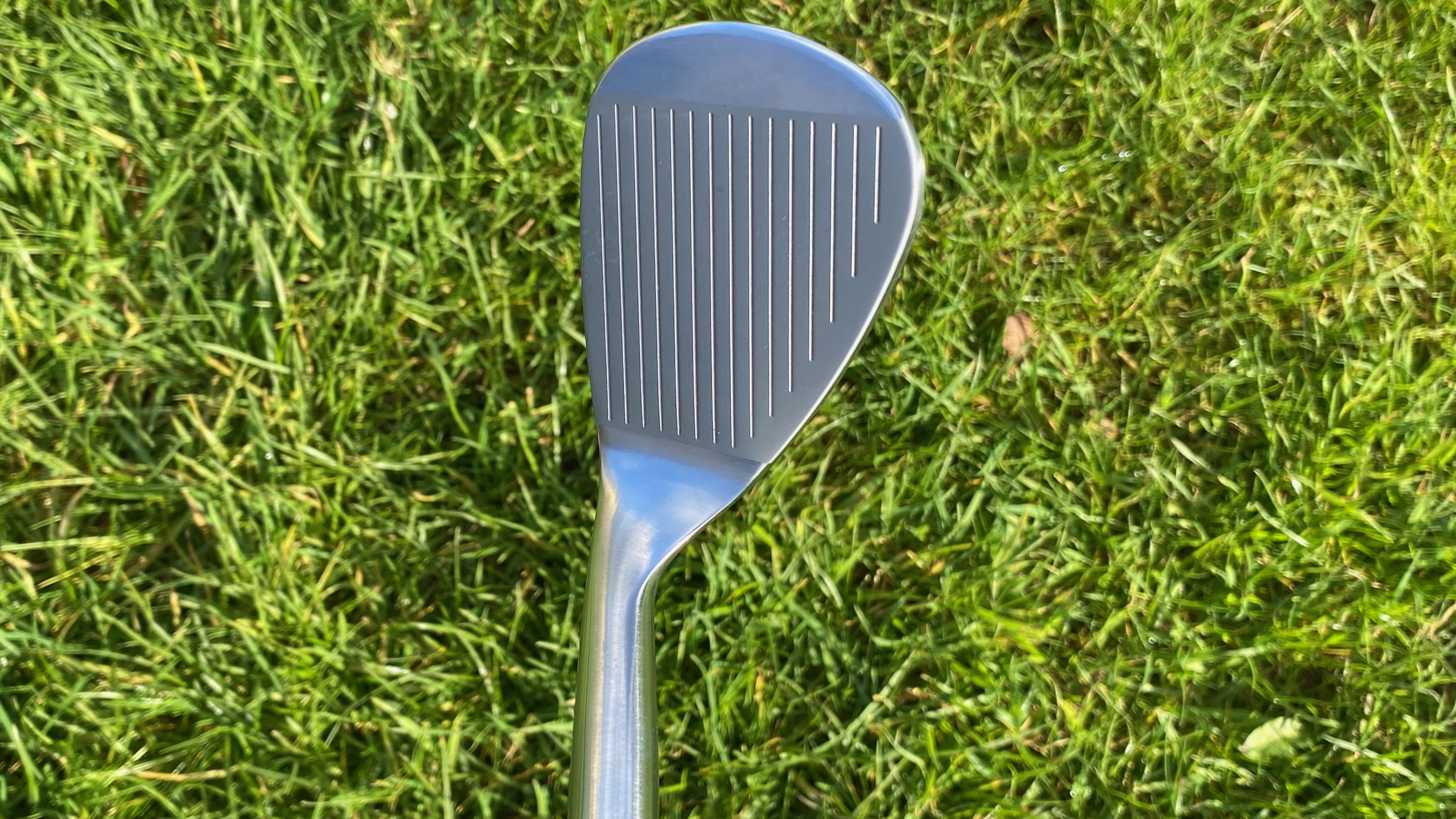
I had absolutely no idea what to expect upon my first strike with the JCM-01 0 iron. Ok, well I had some idea what to expect… low bullets and not much margin for error! However, I have to say I was pleasantly surprised. My first shot on the Foresight Sports GCQuad launch monitor was absolutely flushed and flew 252 yards, not even off a tee peg! For context, along with its 12 degrees of loft, the 0 iron comes fitted as standard with a 42.75-inch shaft, which is basically 3 wood length, and as such the flight was predictably pretty low and the spin levels were very minimal, but what do you expect right?
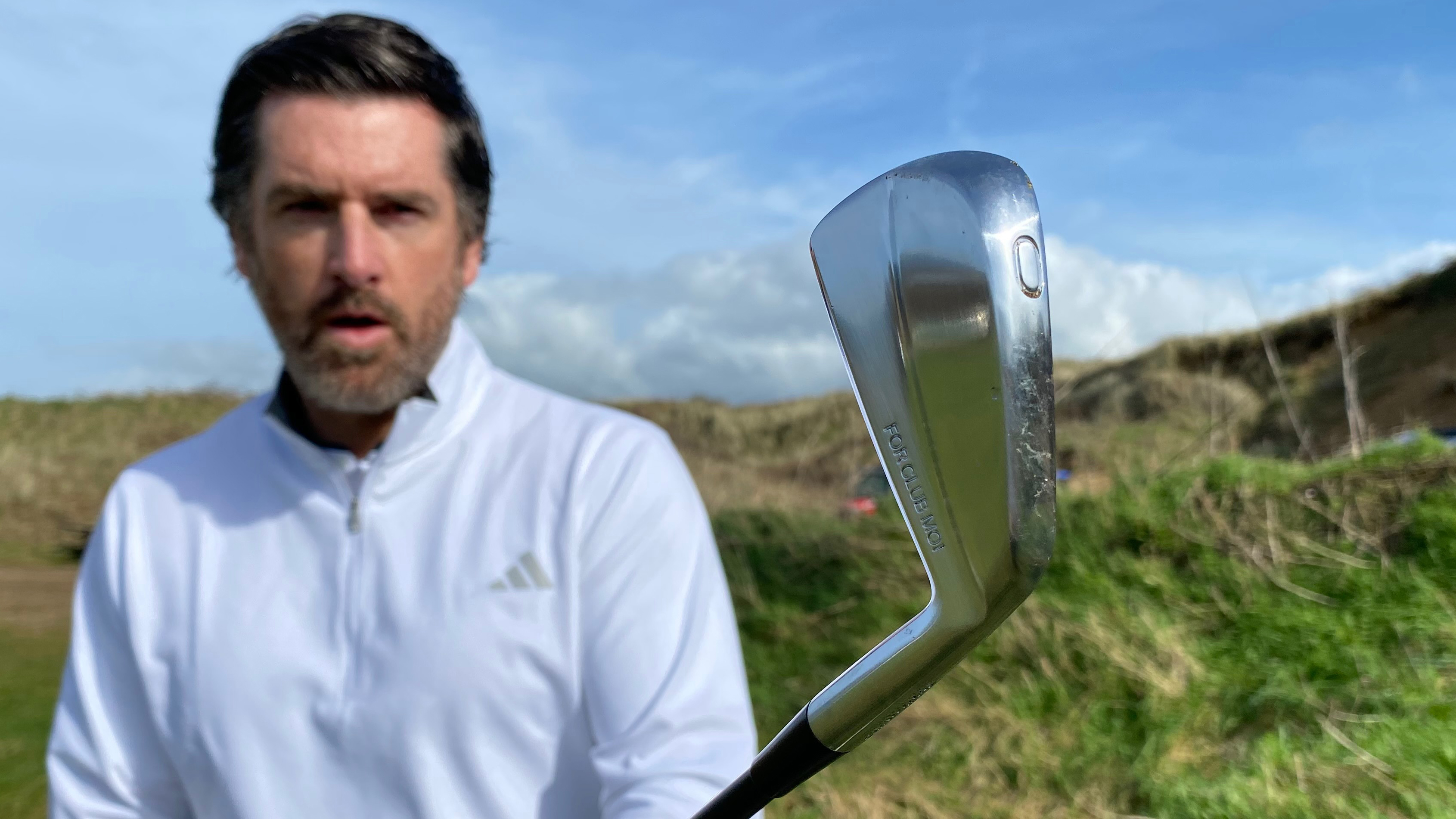
As I worked through more shots, the small margin for error on strike did become more apparent and I lost a fair amount of ball speed on my heel and toe strikes, although they weren’t as drastically bad as you may expect and I was pretty pleased with my average numbers. It was difficult to figure out where this would sit in the bag, but from a distance point of view, it was in between my 3-iron and 3-wood, albeit with a much lower spin than both.
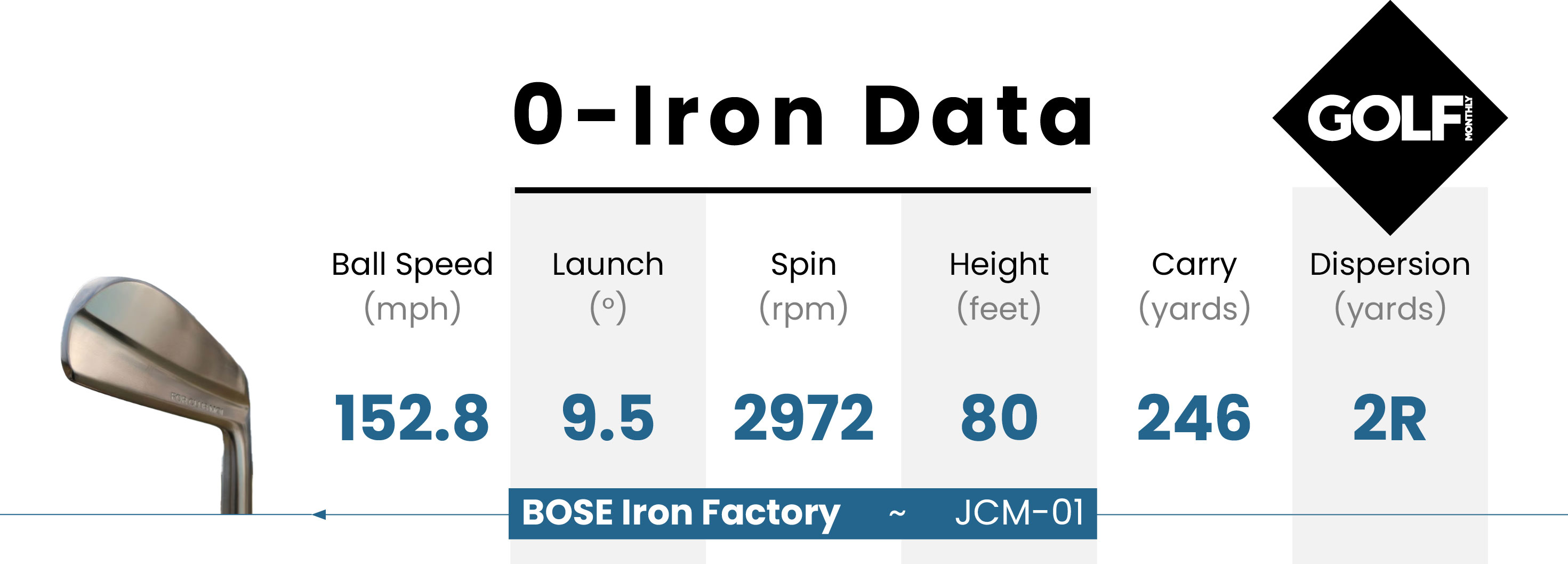
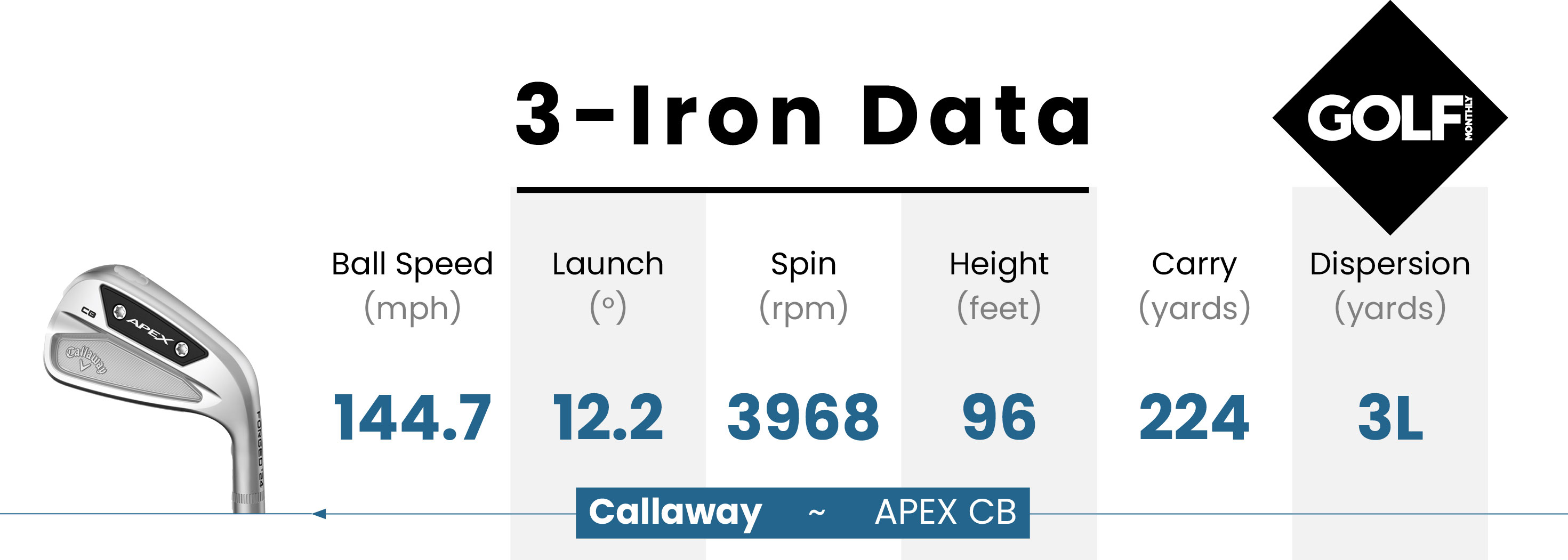
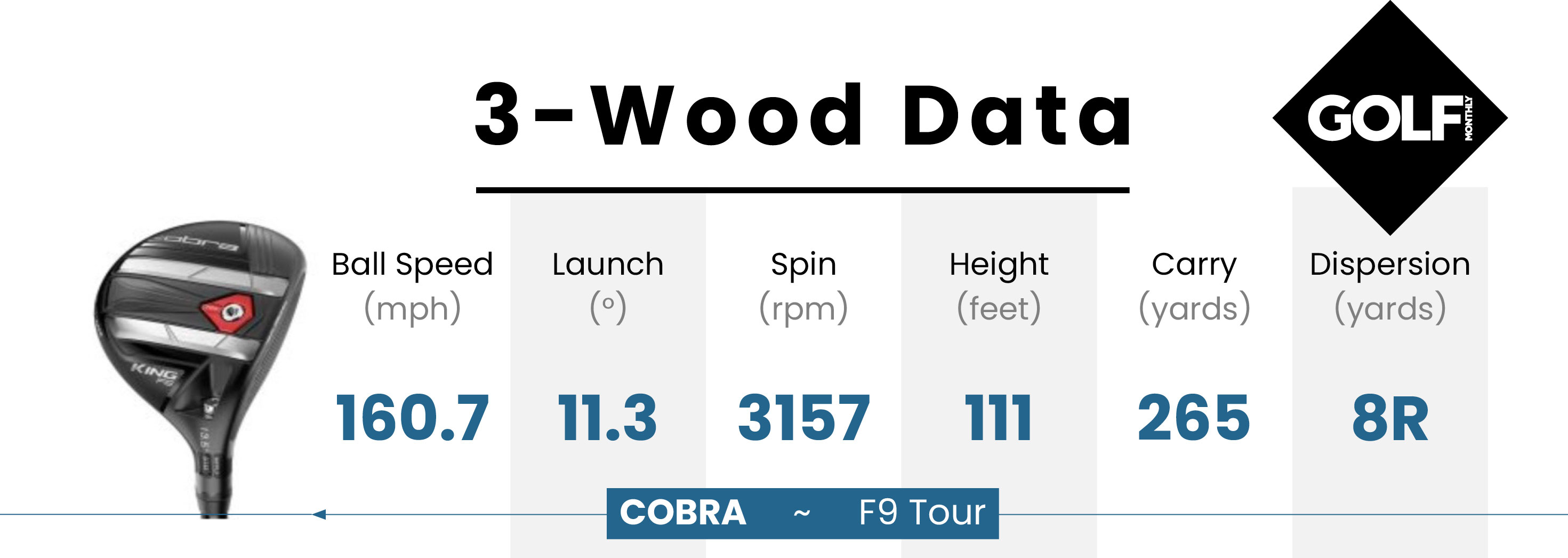
After the indoor launch monitor session, I was more intrigued than ever and headed straight out to the practice ground to see this ball flight in real life. As you might guess from the launch monitor data, it was aggressive! Taking off at less than 10 degrees of launch angle and spinning under 3000, stingers were not a problem but I began to think that there was a real use for a club of this type in the right conditions. The ball was almost sniggering at the headwind I was hitting into as it penetrated the breeze with ease. But I wanted to see if it could offer anything else so I began to try and play around to see if I could manipulate the flight at all.
Get the Golf Monthly Newsletter
Subscribe to the Golf Monthly newsletter to stay up to date with all the latest tour news, equipment news, reviews, head-to-heads and buyer’s guides from our team of experienced experts.
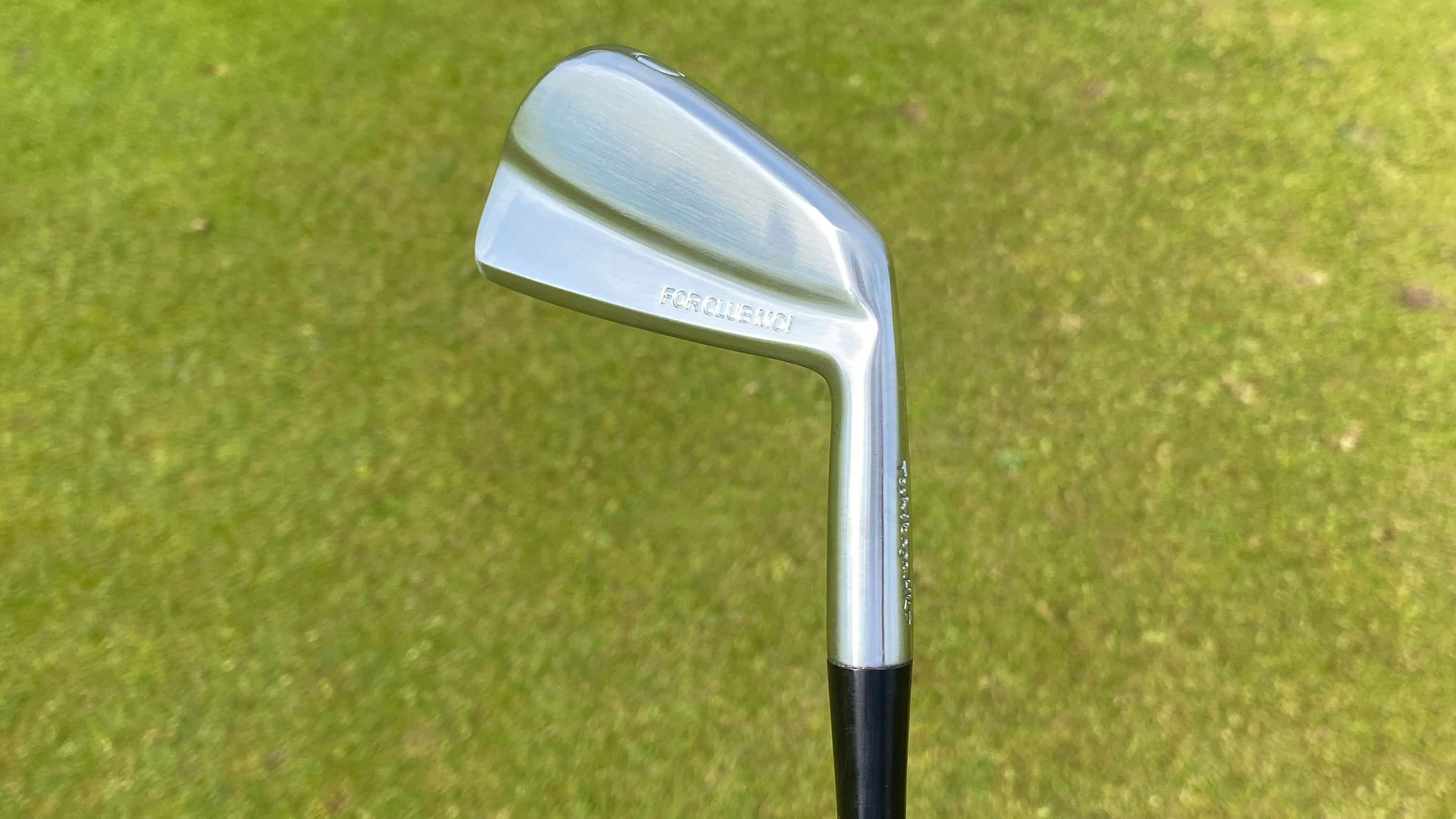
I’m pleased to report that I could. Despite the alarming lack of loft, a simple adjustment to set-up, putting the ball a touch further forward, yielded some nicely flighted shots. Similarly, cutting the ball was very easy, although turning it over with a draw required much more precision and concentration as is often the case with very low lofted clubs. It was genuinely one of the most enjoyable practice sessions that I had experienced in years. The softness and purity of strike, when I caught one out of the middle, was absolutely extraordinary. The quality of the forging here is up there with any of the best blade irons I have ever struck, and if I could bottle and sell the feeling at impact, I’d be a very rich man!
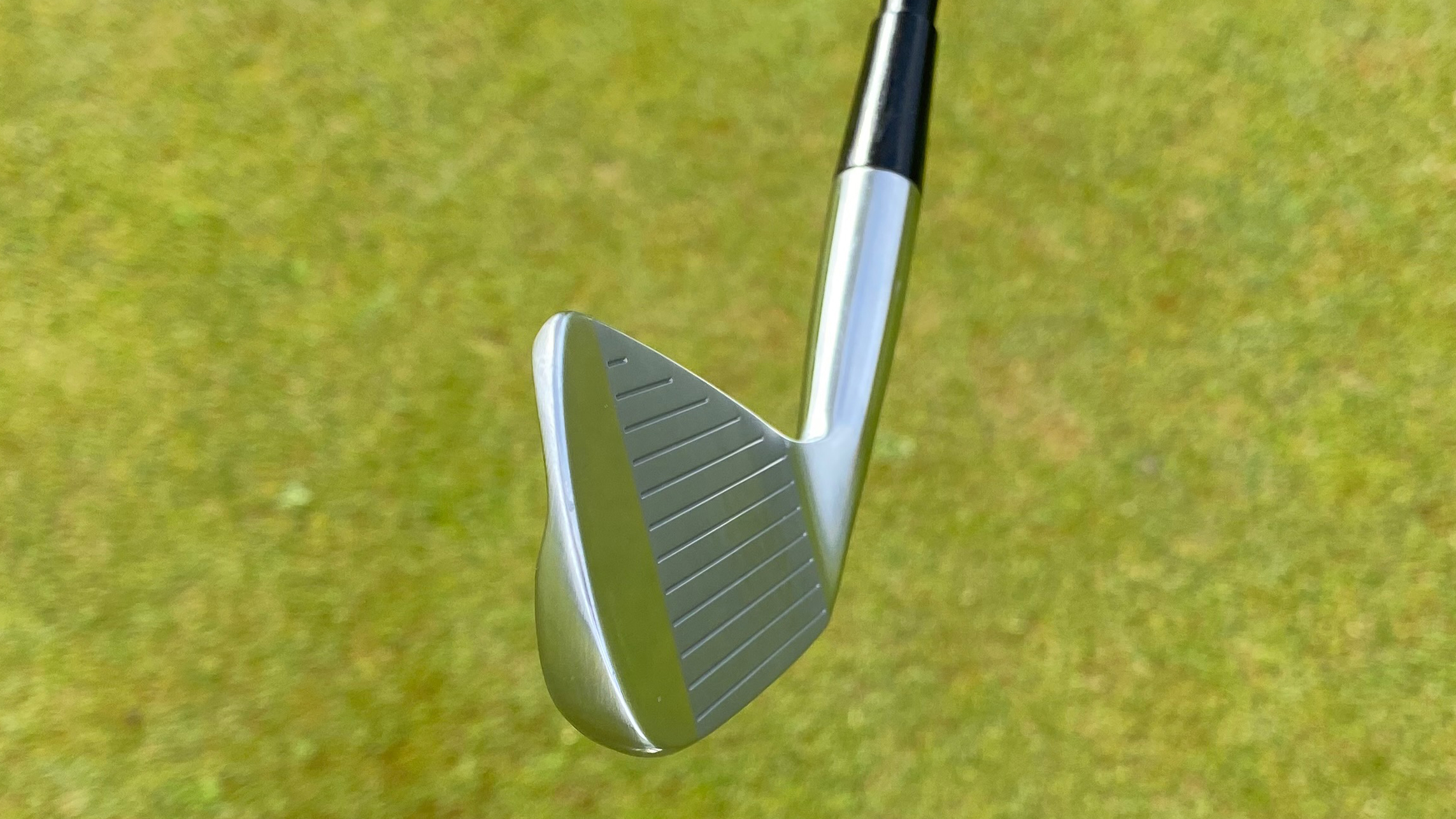
However, when you combine the minuscule head size, non-existent offset, razor-thin top edge with 12 degrees of loft, and a 3-wood length shaft, you have one of the most devilishly difficult clubs to strike I have ever come across. This got me thinking…
When I grabbed my 3 iron after the session, the head looked incredibly friendly all of a sudden and the shaft felt short, both of which made it feel unusually easy to hit after an hour with the 0 iron! I think it might end up being an incredibly useful practice club for me. The level of precision required to find strike leaves little to no margin for error and as such certainly sharpens up your ball striking.
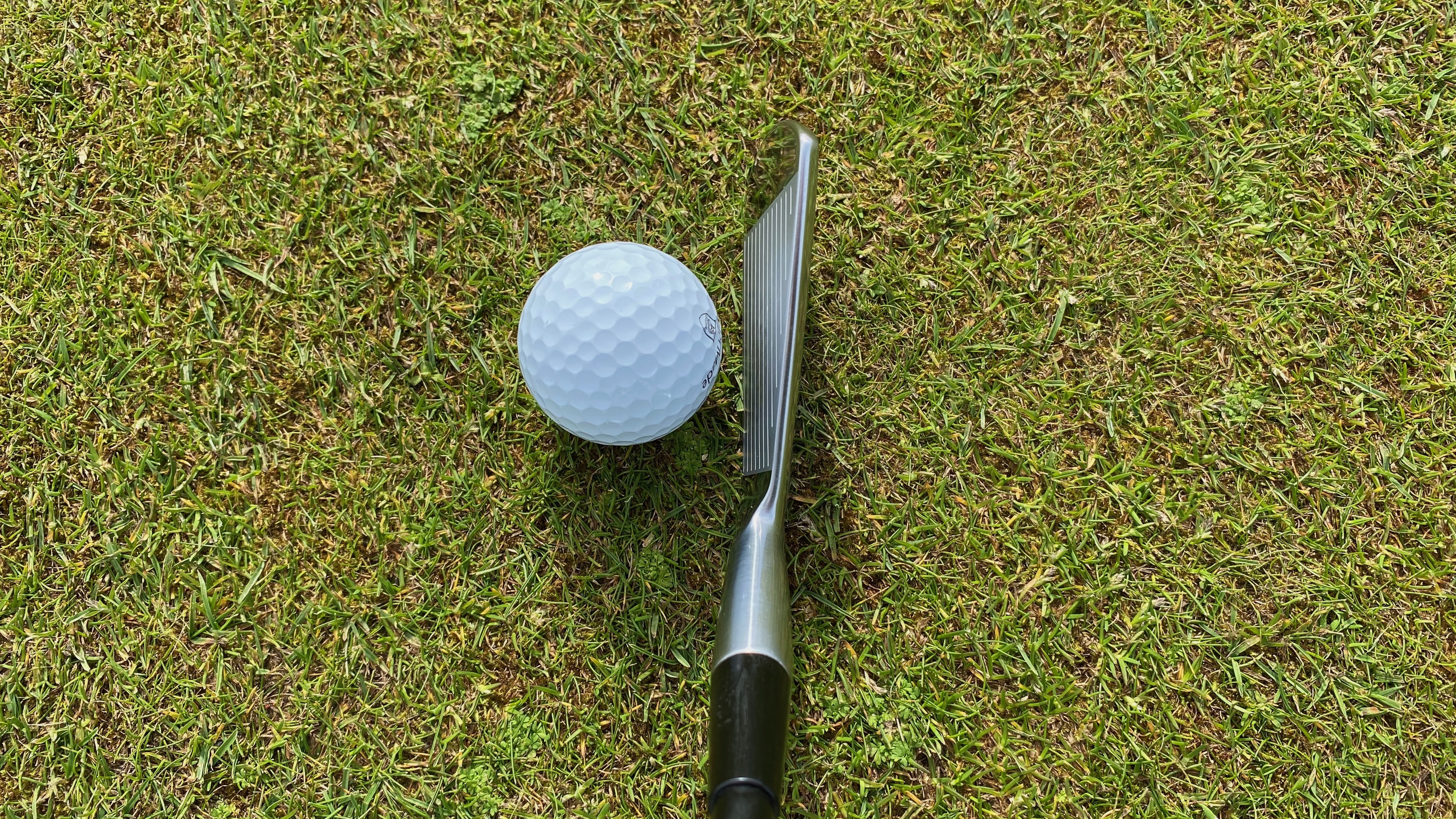
However, to just consign this beautiful club to becoming a novelty practice tool not only does the craftsmanship a disservice but also ignores some potentially useful flight characteristics. To have a club that can flight and spin the ball so aggressively low but also produce some strong distance numbers could be an incredible weapon on a tight course in the wind or particularly on the breezy gorse-lined links courses of the UK. I would definitely want a little more forgiveness out of it if I were to consider putting it in my competition bag as currently it is just too high tariff, but this is a call out to manufacturers, there is definitely something in this. Maybe not for the masses, but I really do think that a 10-12-degree iron with the right level of playability could be a game-changer for some players.

Joe has worked in the golf industry for nearly 20 years in a variety of roles. After a successful amateur career being involved in England squads at every age group, Joe completed his PGA degree qualification in 2014 as one of the top ten graduates in his training year and subsequently went on to become Head PGA Professional at Ryder Cup venue The Celtic Manor Resort. Equipment has always been a huge passion of Joe’s, and during his time at Celtic Manor, he headed up the National Fitting Centres for both Titleist and Taylormade. He’s excited to bring his knowledge of hardware to Golf Monthly in the form of equipment reviews and buying advice.
Joe lives in North Devon and still plays sporadically on the PGA West region circuit. His best round in recent years came earlier in 2023 where he managed a 9 under par 63 at Trevose GC in a Devon & Cornwall PGA Tournament.
Joe's current What's In The Bag?
Driver: Switch between TaylorMade Qi35 and Callaway Elyte TD - both with Fujikura Ventus Black 6-X
Fairway wood 1: TaylorMade BRNR Copper Mini Driver - Fujikura Ventus Black 7-X
Fairway wood 2: Callaway Apex UW 17˚- Fujikura Ventus Black 9-X
Irons: TaylorMade P7CB 3-PW with Dynamic Gold Tour Issue X100 shafts
Wedges: Callaway Opus 50, 54, and 60 degrees - Project X LS 6.0 shafts
Putter: LAB Golf Oz.1 (zero shaft lean)
Ball: TaylorMade 2024 TP5x
Grips: Golf Pride Tour Velvet 60R
Bag: Vessel Player IV Pro DXR Stand
-
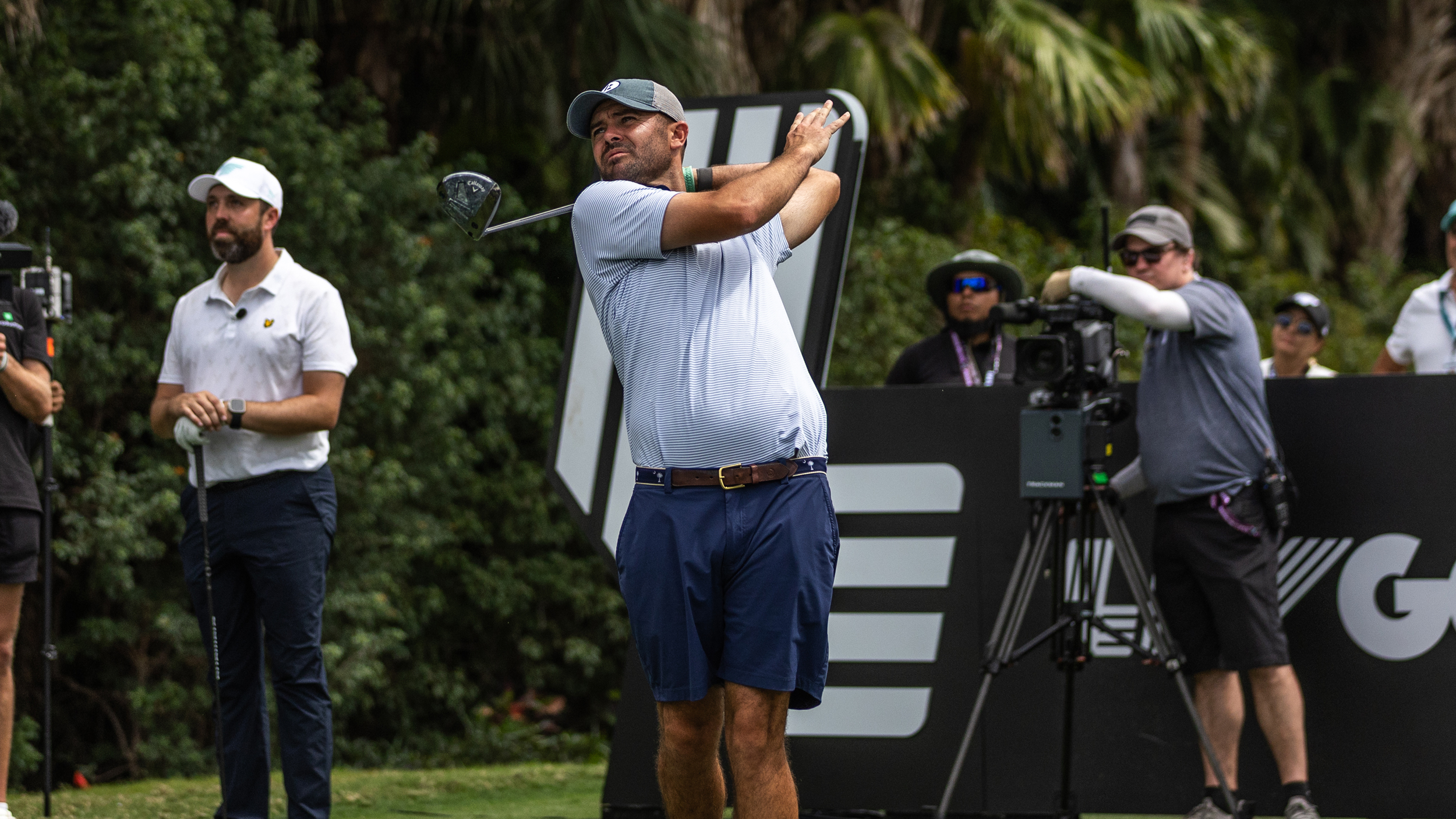 Reports: Wesley Bryan Suspended By PGA Tour After Playing In LIV Golf Duels
Reports: Wesley Bryan Suspended By PGA Tour After Playing In LIV Golf DuelsThe 2017 RBC Heritage winner is said to have been suspended by the PGA Tour after teeing it up in the recent LIV Golf creator event in Miami
By Elliott Heath
-
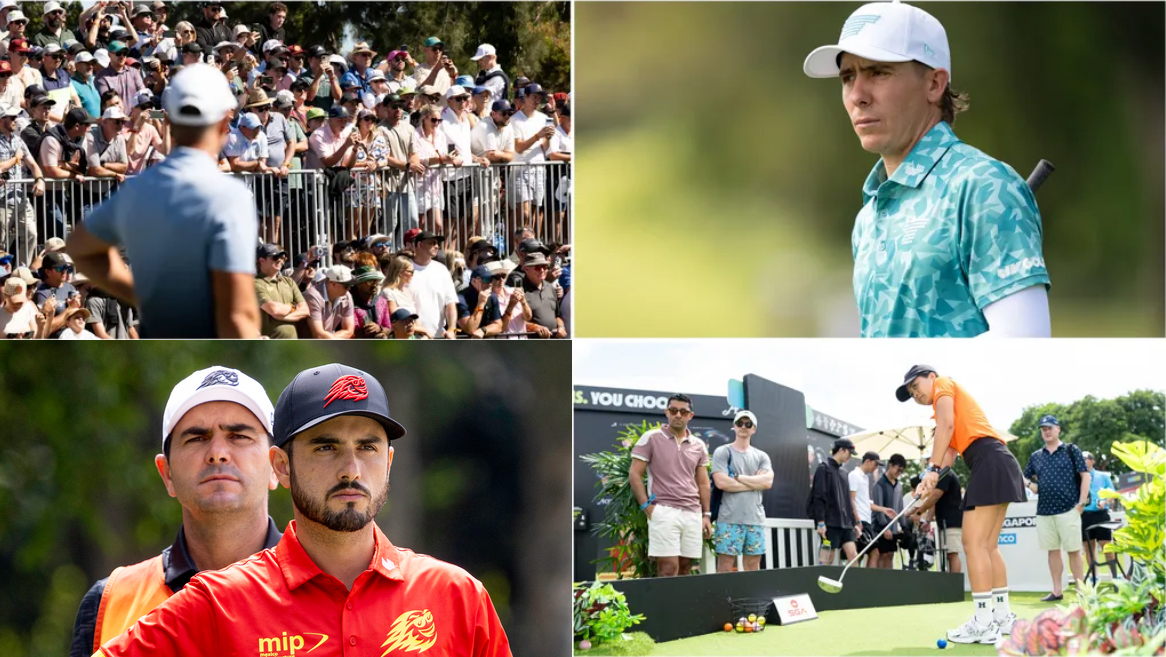 LIV Golf Mexico City: Book Your Tickets To See The Stars Of The Game
LIV Golf Mexico City: Book Your Tickets To See The Stars Of The GameMexico City welcomes LIV Golf's all-star roster later this month, where you can see the world's best players and enjoy the show and the family friendly atmosphere
By Golf Monthly
-
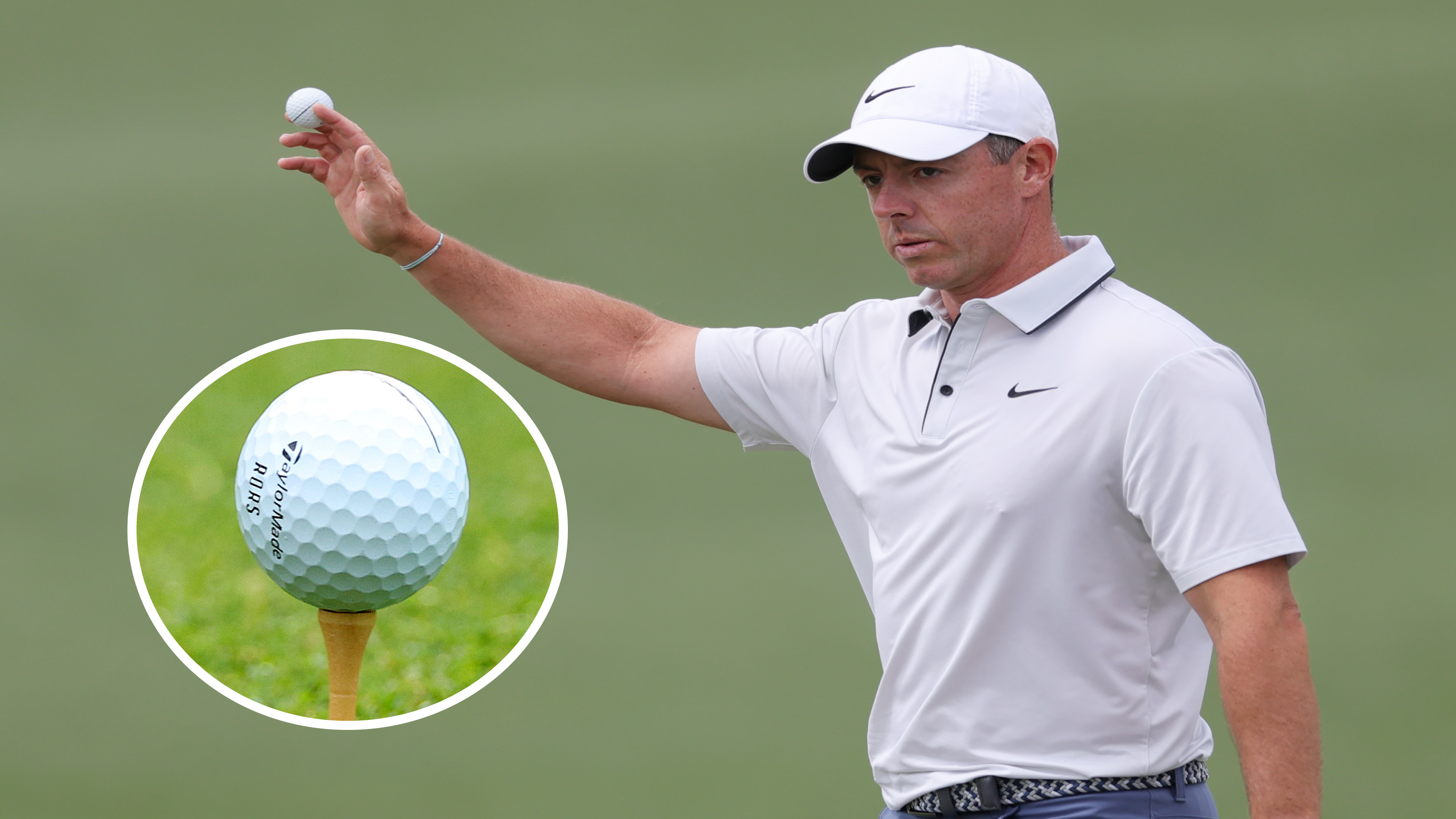 Could This 'Stumbled Upon' Equipment Switch Finally Land Rory McIlroy the Grand Slam?
Could This 'Stumbled Upon' Equipment Switch Finally Land Rory McIlroy the Grand Slam?Rory McIlroy made a golf ball change earlier this season that has reignited his wedge play and it could be about to pay off in the most dramatic possible way…
By Joe Ferguson
-
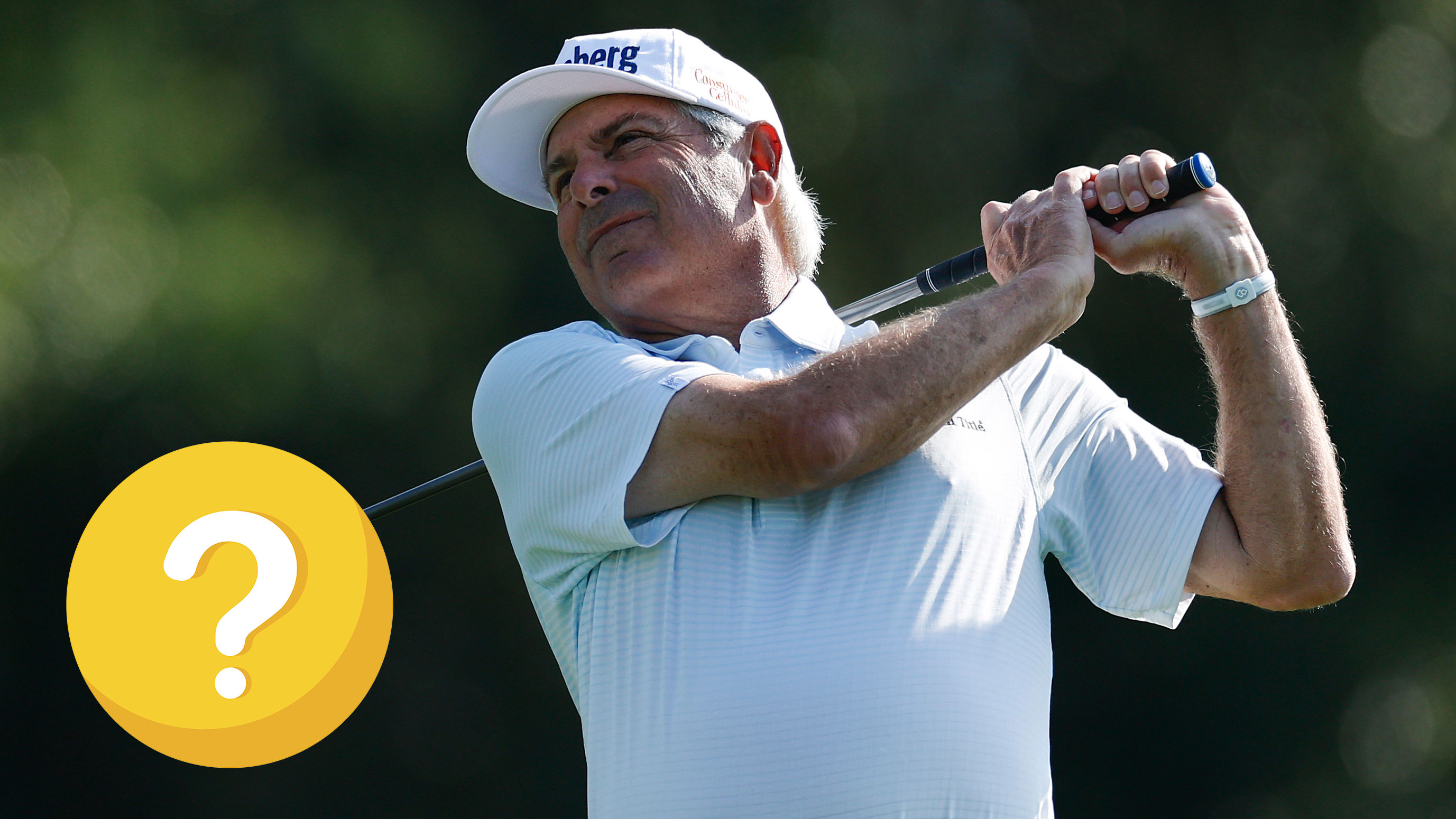 Real Players Use Long Irons, Right? Well, Fred Couples Nearly Made The Cut At The Masters At 65 Years Old, And His Longest Iron Is A…
Real Players Use Long Irons, Right? Well, Fred Couples Nearly Made The Cut At The Masters At 65 Years Old, And His Longest Iron Is A…Both Couples and Bernhard Langer turned back the clock brilliantly over the first two days at Augusta National and did so with some interesting bag setups.
By Joe Ferguson
-
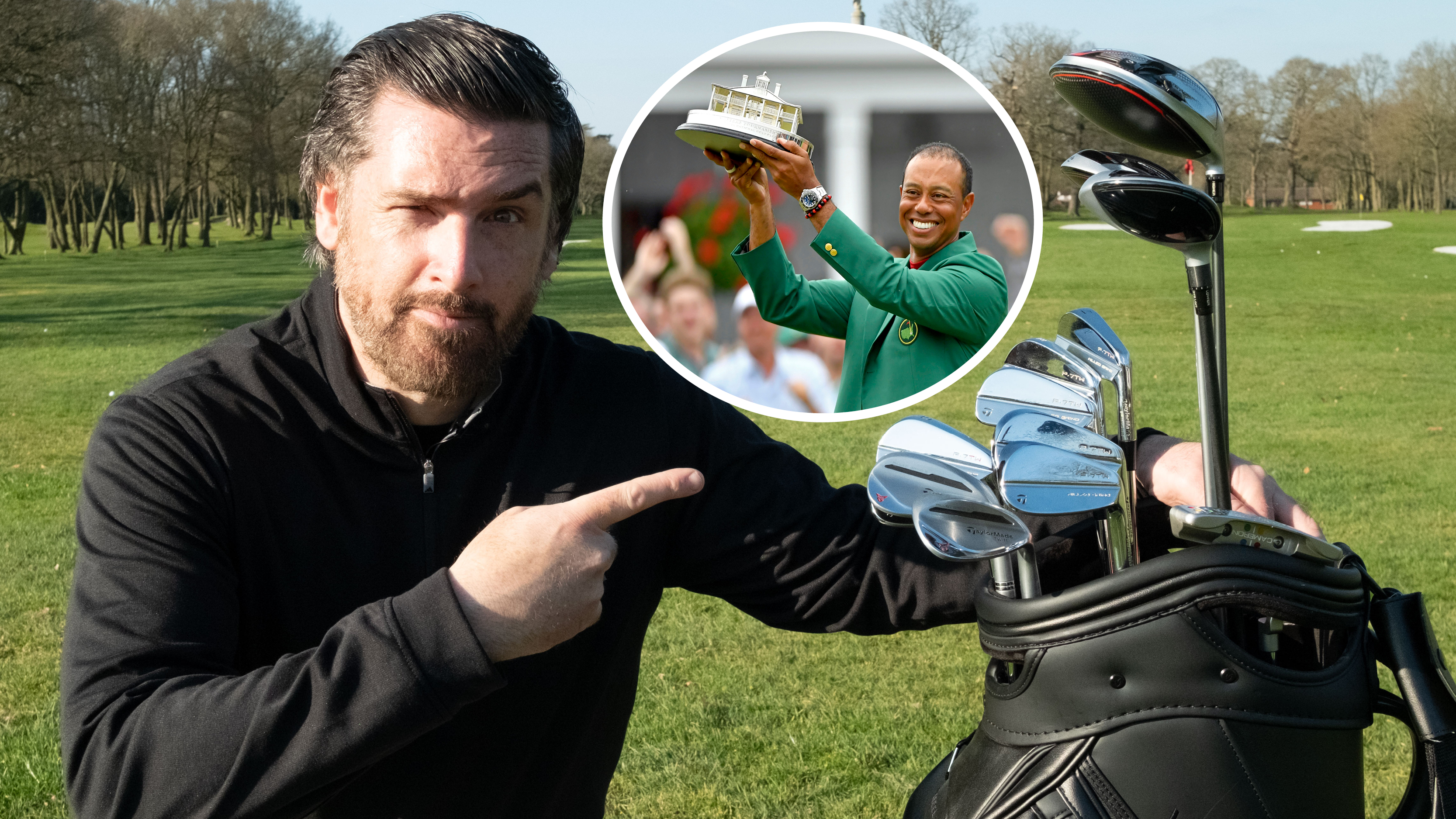 I Built Tiger Woods’ 2019 Masters Winning Bag From The Second-Hand Market!
I Built Tiger Woods’ 2019 Masters Winning Bag From The Second-Hand Market!PGA Professional Joe Ferguson has been taking a deep dive into Tiger’s bag for arguably the greatest victory of his career…
By Joe Ferguson
-
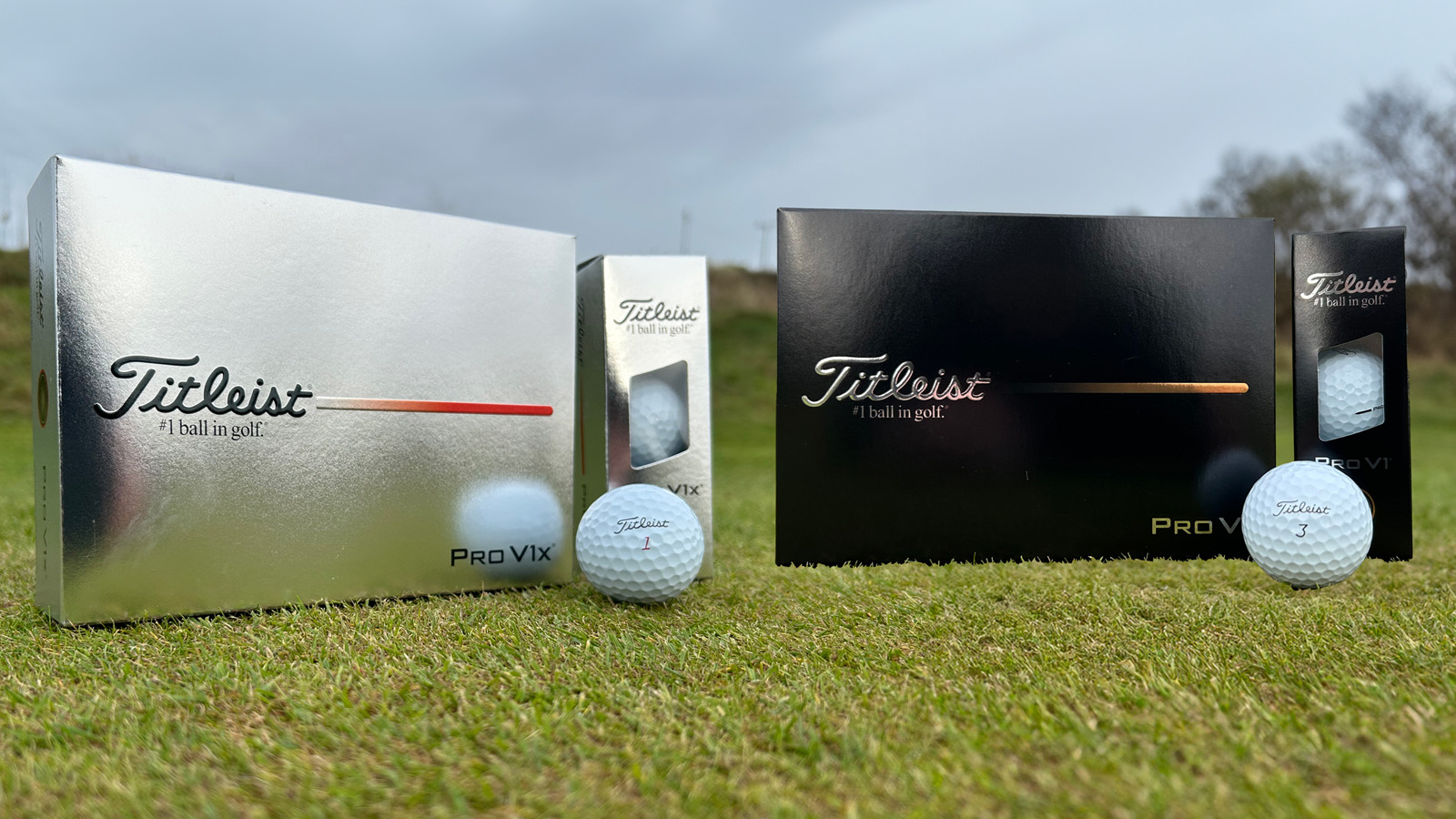 How Titleist 'Used Every Tool In The Toolbox' To Enhance The New Pro V1 And Pro V1x Golf Balls
How Titleist 'Used Every Tool In The Toolbox' To Enhance The New Pro V1 And Pro V1x Golf BallsAfter months of testing and tour validation the new Titleist Pro V1 and Pro V1x golf balls are set to launch, but what's new? We explain all
By Sam De'Ath
-
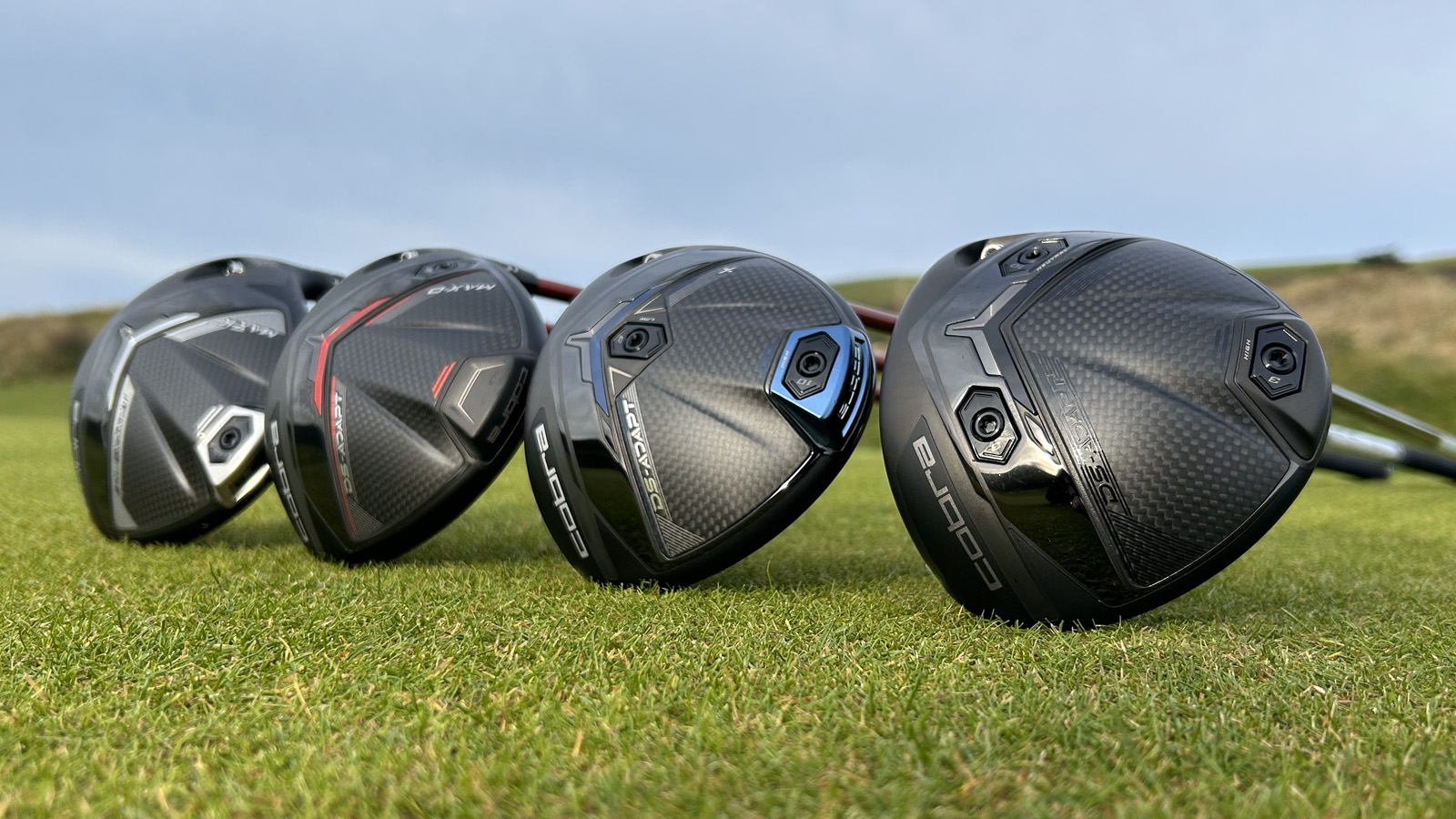 How The New Cobra DS-ADAPT Range Looks To Have Changed Driver Fitting Forever
How The New Cobra DS-ADAPT Range Looks To Have Changed Driver Fitting ForeverWith a revolutionary hosel design and refined aerodynamics, the Cobra DS-ADAPT may just become the standout driver in 2025
By Sam De'Ath
-
 £39 Vs £169 Wedge Test... Surprising Results!
£39 Vs £169 Wedge Test... Surprising Results!In his latest Retro Review, Joe Ferguson sees if the original Vokey wedge picked up for just £39 can compete with the modern equivalent four times the price
By Joe Ferguson
-
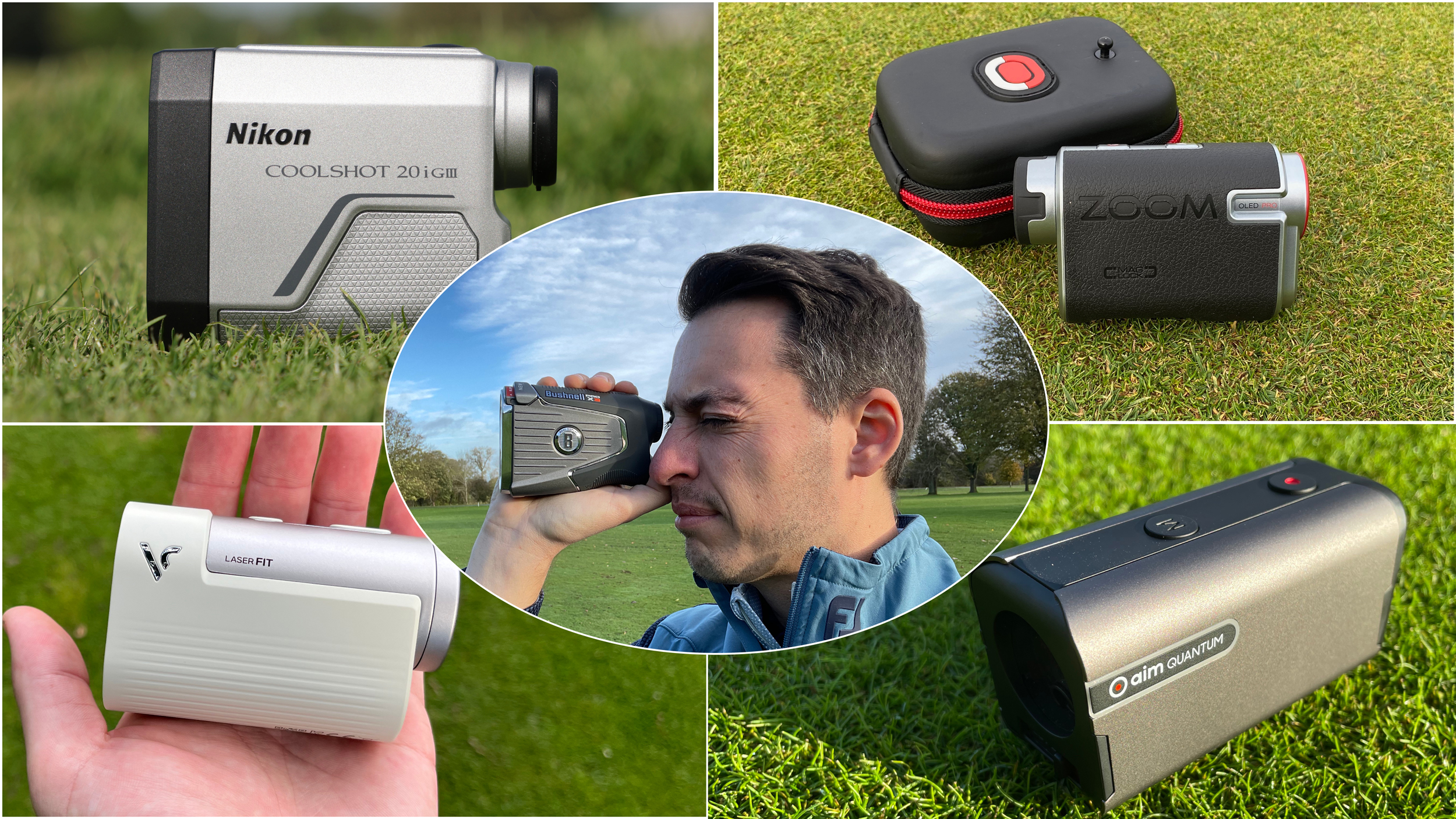 7 Useful Golf Rangefinder Features You Never Knew About
7 Useful Golf Rangefinder Features You Never Knew AboutThink you know everything a rangefinder can do? Think again. We've got seven of the best features currently available on the best modern rangefinders
By Dan Parker
-
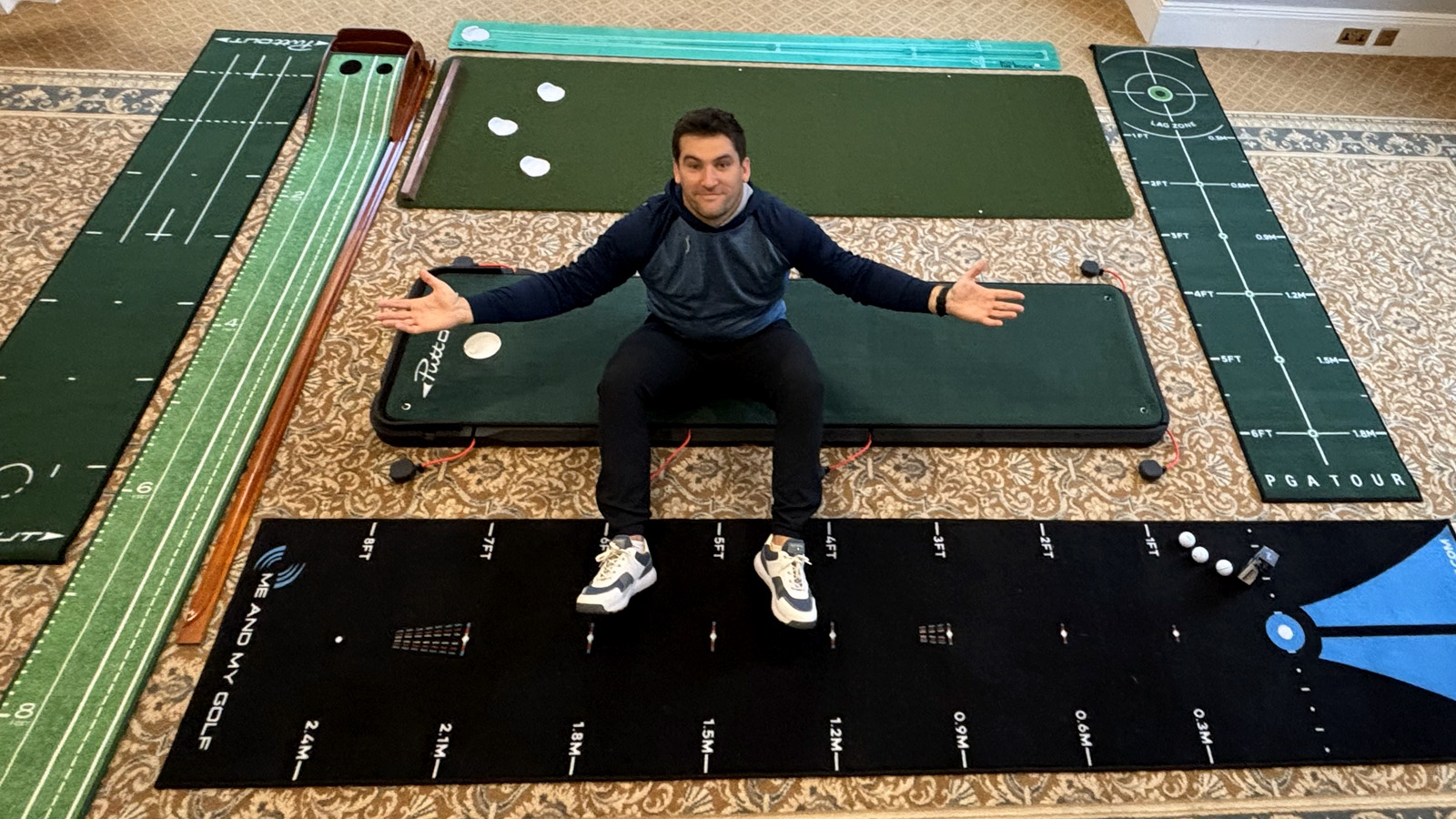 Do Putting Mats Help Improve Your Putting?
Do Putting Mats Help Improve Your Putting?Former professional golfer Sam De’Ath sheds light on whether or not a home putting mat can help improve your performance on the greens
By Sam De'Ath